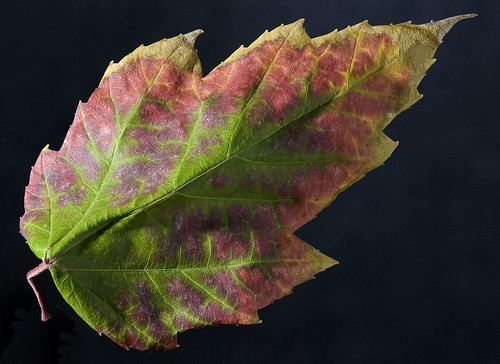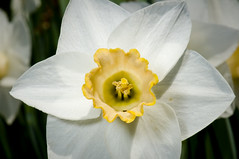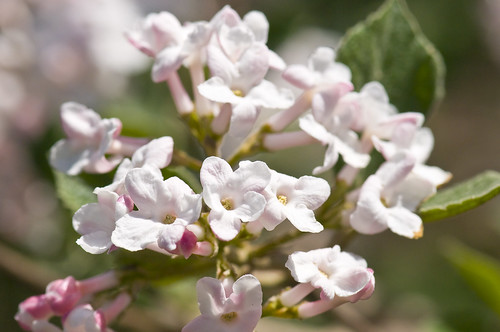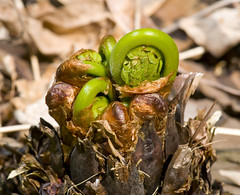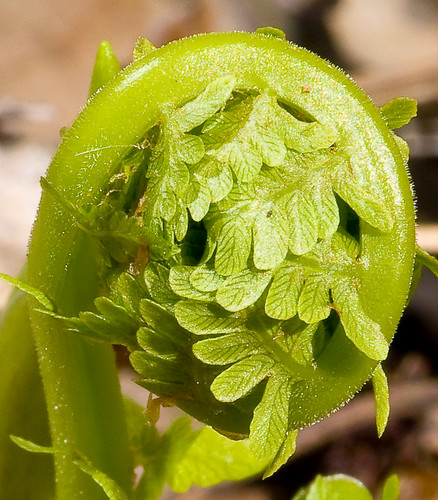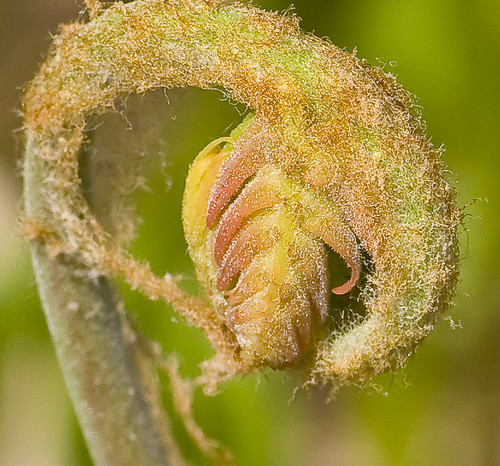Increase Depth of Focus in Macros
A limited depth of focus is one factor to consider when composing any photo, but it becomes especially important for macro photos. All other things equal, the closer you get to your subject the shallower the depth of focus. You can leverage that to create some interesting moods, but sometimes you want a sharp focus across the entire image. In some instances you can get by with lots of light and a small aperture to improve the focus. That might not always be feasible or possible.
One alternative I recently “discovered” was sitting right in front of my eyes in Photoshop CS4. Photoshop lets you blend a series of images where the planes of focus in the series span the object. Here's how:
1 – Select your images in Lightroom (Note they should be organized in order by plane of focus)
2 – Select Photo->Edit In->Open as layers in Photoshop
3 – In Photoshop, select all the layers and align the images (Edit->Auto-Align Layers, use auto projection)
4 – After the layers are aligned, then blend them together (Edit->Auto-Blend Layers, Stack Images and seamless blend)
Let it run and then, voila – an image that is crystal clear in focus from the first focus plane to the last. You can flatten the image and save the result.
Here is an example using a dried leaf that wasn't pressed so it curled a bit. The first two images are the first and last frames in the sequence of focus across the leaf. I took about 12 images from start to finish. In the first image, the point closest to the camera (the central part of the leaf near the stem) is in focus but the tip and edges of the leaf are blurred. In the second image, the tip of the leaf is in sharp focus but the base of the leaf is blurred. Click on either image to see a larger version.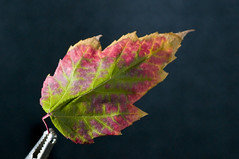
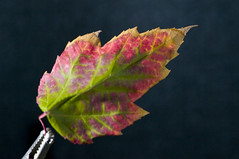
The image below is the result after blending all the planes of focus in Photoshop. By masking and blending the sharp parts of each image, Photoshop forms a composite image where everything is in focus. It takes a bit of extra work, but if you want a larger depth of focus this technique works well. Give it a try.